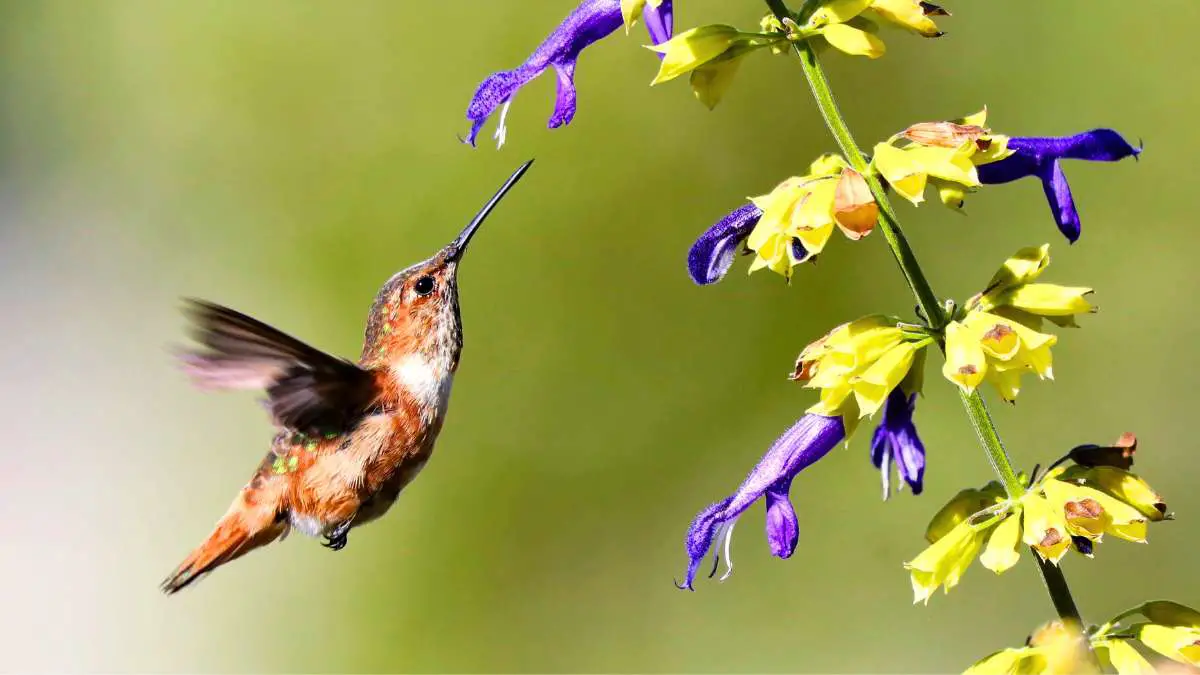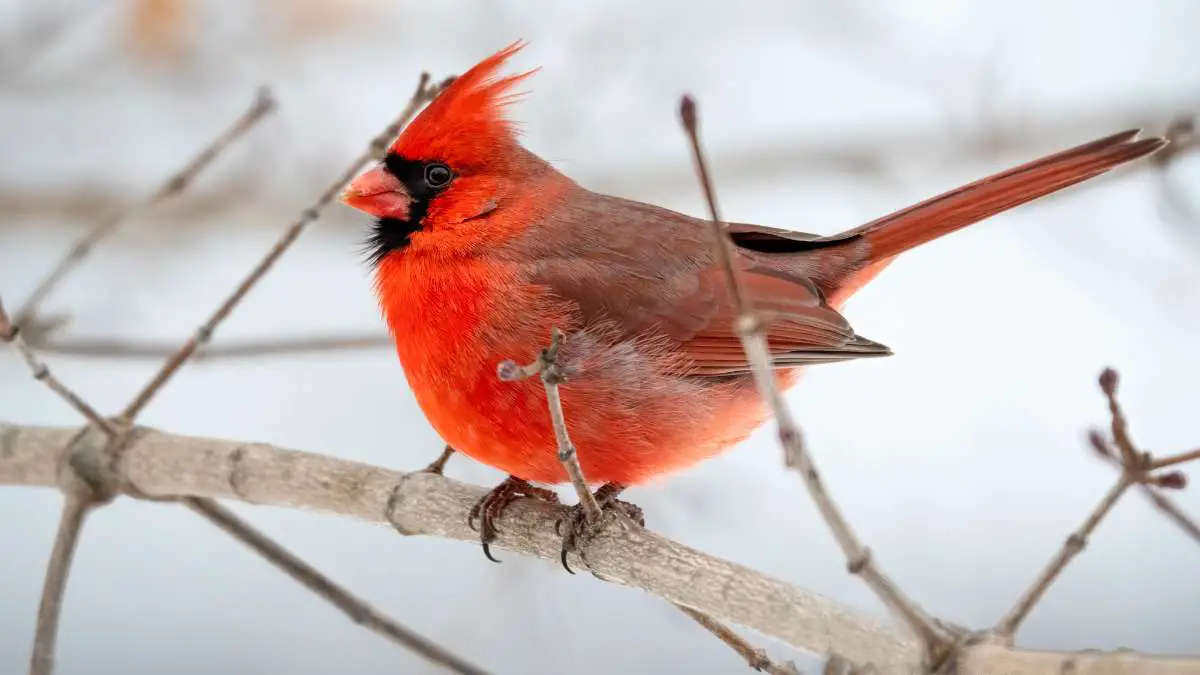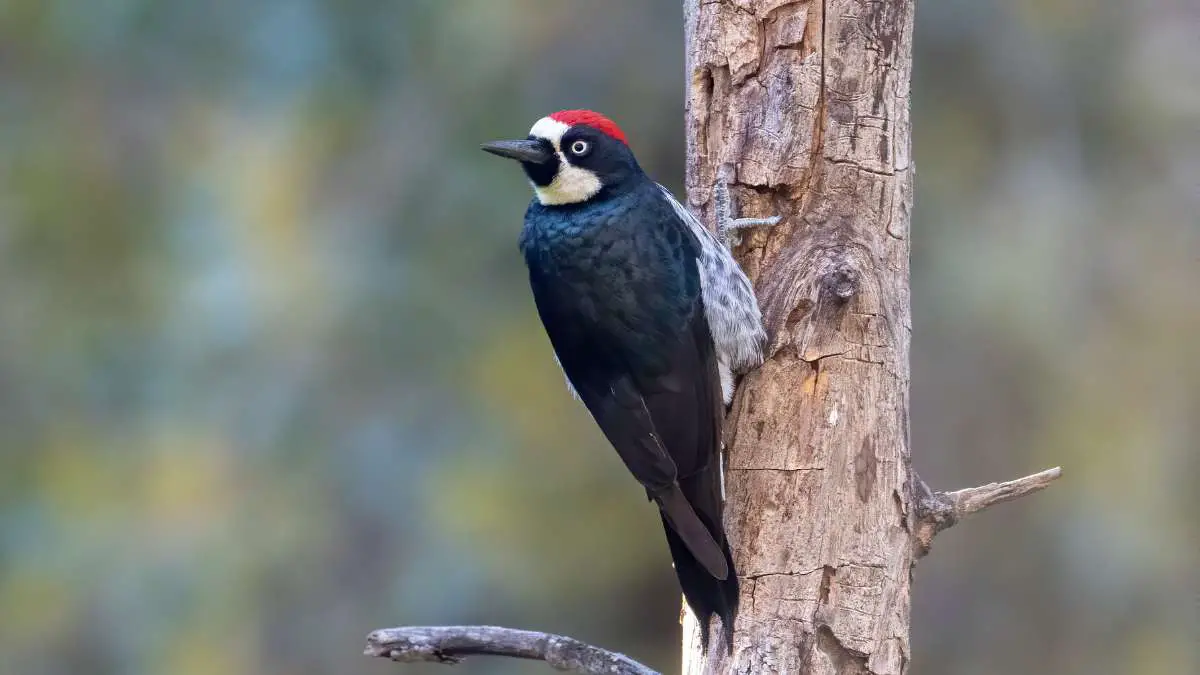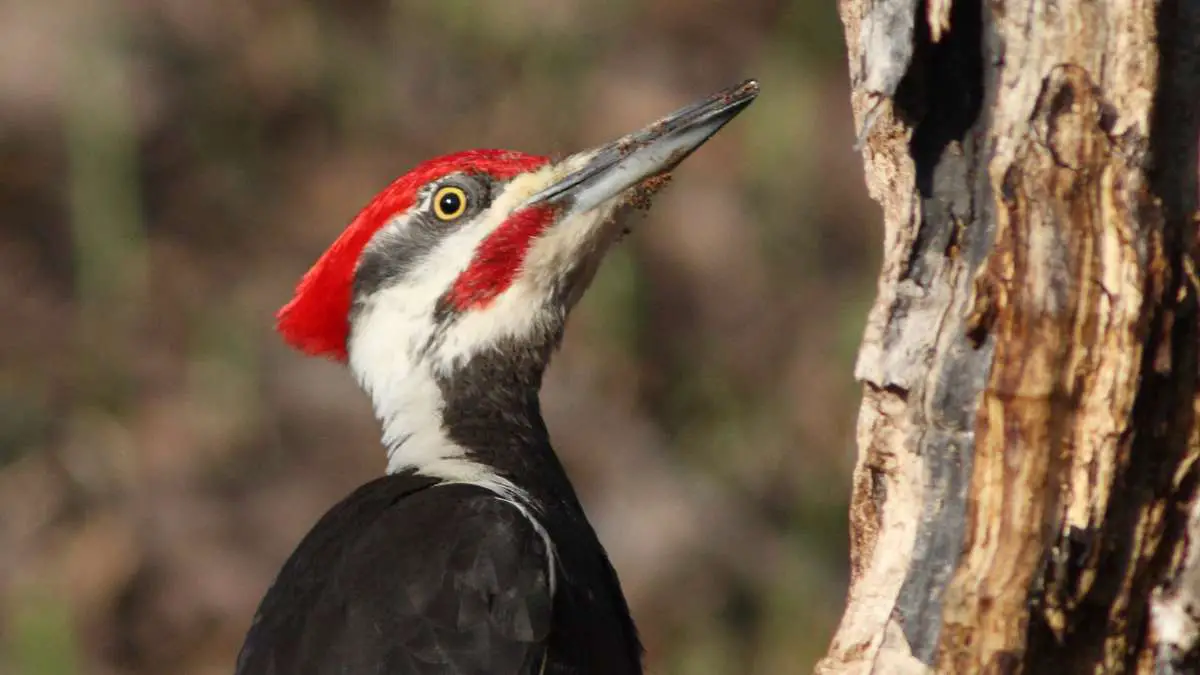With rapid wing beats and dazzling colors, hummingbirds are a sight to behold. But beneath their beauty lies a fascinating secret: their incredible metabolism.
In this article, we’ll discuss the answer to the question: How long can these miniature marvels go without food?
So, in brief, the general estimate is that hummingbirds can typically survive for about a day or two without food. But, exact figures can vary depending on species and environmental factors.
To understand the topic in detail, we must first grasp the unique characteristics of these birds and their feeding habits and needs.
Hummingbird Biology and Metabolism
Hummingbirds, despite their tiny size, are like the “Ferraris” of the avian world. Their unique biology is nothing short of remarkable. These delicate creatures are incredibly small, some not much larger than a paperclip.
But don’t let their size fool you; they possess a metabolism that rivals any high-performance engine.
Picture this: a hummingbird’s heart can beat up to 1,200 times per minute during flight, and they flap their wings an astonishing 50 to 80 times a second.
All this incredible activity demands a constant supply of energy, and it’s here that their love for nectar-rich flowers becomes crucial.

To sustain their relentless energy expenditure, hummingbirds have evolved to rely on a diet primarily composed of nectar, which is rich in sugars.
Nectar serves as their high-octane fuel, providing the quick bursts of energy needed for their aerial acrobatics. Yet, despite their need for a sugar rush, hummingbirds are no strangers to a balanced diet.
They also consume insects and spiders, which provide the essential proteins for growth and repair.
In the world of hummingbirds, there’s no room for sluggishness. They need that energy not just for flight but also to maintain their body temperature, which must stay at a toasty 104 degrees Fahrenheit (40 degrees Celsius).
So, as we venture deeper into understanding how long hummingbirds can go without food, remember this unique biology—they’re the feathered speedsters of the skies, always in need of a pit stop at the nearest nectar station.
For further knowledge seekers, here is a wonderful article about hummingbird metabolism.
Hummingbird Feeding Behavior
First Of All we have to look at their extraordinary feeding habits.
At the heart of their dietary preferences lies a fascination with nectar. Nectar is their primary food source, a sweet elixir that provides the high-octane fuel needed to power their rapid wingbeats.
Much like us craving our favorite snacks, hummingbirds can’t resist the allure of nectar-rich flowers.
What’s truly remarkable is how hummingbirds are perfectly adapted for this nectar-seeking lifestyle. Their long, slender bills act as nature’s straws, allowing them to reach deep into flowers and sip up the sugary goodness.
But that’s not all – their tongues are specially designed with tiny grooves that help draw nectar into their mouths with each delicate sip. It’s like having a built-in straw and pump system!
But hummingbirds aren’t just sugar enthusiasts; they’re also protein seekers. To maintain their health and energy, they supplement their diet with insects and spiders. These tiny creatures are a vital source of protein, aiding in muscle development and repair.
The Role of Nectar in a Hummingbird’s Diet
Nectar, the sweet lifeblood of flowering plants, takes center stage in the hummingbird’s diet. But it’s not just about the sugary delight; nectar serves as a vital source of nutrition for these tiny avian marvels.
In the world of hummingbirds, nectar is liquid gold. It’s packed with the sugars hummingbirds need for a quick energy boost.
As they flit from flower to flower, their high metabolic rate demands a constant supply of fuel. Nectar, rich in glucose and fructose, delivers the rapid energy they require to maintain their frenetic pace.
But nature always has its challenges, and for hummingbirds, finding nectar isn’t always a walk in the park.
They must be adept foragers, seeking out nectar-rich flowers in a sea of green. It’s a constant quest that demands both skill and effort, especially in the face of competition from other nectar-loving creatures.
Nectar isn’t just sugar; it’s also hydration. Hummingbirds rely on this liquid sustenance not only for calories but also to quench their thirst in the arid environments they often inhabit.
Daily Feeding Requirements
To understand how long hummingbirds can go without food, we need to peek into their daily feeding requirements. These pint-sized powerhouses have voracious appetites driven by their supercharged metabolism.
Imagine this: a hummingbird weighing just a few grams can consume more than its body weight in nectar and insects daily.
This translates into a substantial calorie intake, sometimes reaching up to 1,000 calories per day, depending on the bird’s size and activity level. For comparison, that’s akin to a human devouring a whopping 155 hamburgers daily!
This constant need for calories means that hummingbirds must feed frequently to sustain their energy levels.
They’re like the perpetual snackers of the bird world, visiting flowers and feeders every 10 to 15 minutes. Their lives revolve around a relentless quest for nourishment.
Skipping meals is not an option for hummingbirds. Their high metabolism demands a constant influx of fuel to power their lightning-fast wingbeats, maintain their body temperature, and stay agile in the air.
It’s a demanding lifestyle that keeps them perpetually on the move, seeking out nectar, insects, and spiders to meet their daily feeding requirements.
How Long Can Hummingbirds Go Without Food?
Now, let’s get to the heart of the matter: how long can these petite powerhouses go without a meal? The answer lies in the incredible metabolism that drives their ceaseless activities.
In the hummingbird’s world, skipping meals is simply not an option. Their metabolism is one of the fastest among all animals, with heart rates that can exceed 1,200 beats per minute during flight.
To maintain this breakneck pace, they need a constant supply of energy.
As a result, hummingbirds are incredibly efficient at processing food. They can consume multiple times their body weight in nectar and insects every day.
But even with this efficiency, their small size limits their energy reserves. When food becomes scarce, they face a critical challenge.
While exact figures can vary depending on species and environmental factors, a general estimate is that hummingbirds can typically survive for about a day or two without food.
Beyond this point, their energy stores are depleted, and their rapid metabolism becomes a liability.
In harsh conditions or during migration, hummingbirds might push their limits further by entering a state called torpor (you can find more information on torpor here), which significantly reduces their metabolic rate.
But even with this survival strategy, they cannot go for extended periods without nourishment.
So, in the world of hummingbirds, the old adage holds true: “You are what you eat.”
Their incredible feats of flight and survival hinge on a relentless pursuit of sustenance, making them a constant reminder of the remarkable balance between life and the ever-present need for nourishment.
Torpor and Survival Mechanisms
In the hummingbird’s world, survival is an art, and one of their masterful strokes is the phenomenon of torpor. Torpor is like their secret weapon, a clever strategy to weather the storm when food is scarce.
Picture this: when the nectar-rich blooms start to wither and insects become scarce, hummingbirds face a dire energy shortage. That’s when torpor comes into play.
Torpor is a state of reduced metabolic activity that allows these tiny birds to conserve precious energy reserves.
It’s like putting their bodies on standby mode, drastically lowering their heart rate and body temperature.
During torpor, a hummingbird’s heart rate can plummet from over a thousand beats per minute to as low as 50 beats per minute. Their body temperature can also drop significantly.
This energy-saving mode can help them survive cold nights or extended periods without food.
But, there’s a catch. Torpor is not a long-term solution. It’s a last resort, and hummingbirds can’t linger in this state indefinitely.
When the sun rises or food becomes available again, they must quickly reawaken from torpor and resume their relentless search for nourishment.
So, while torpor is a remarkable survival mechanism, it also underscores the fragility of hummingbirds’ existence.
They are masters at adapting to challenging circumstances, but their dependence on a constant food supply is a reminder of nature’s delicate balance, where even the tiniest of creatures must employ ingenious strategies to thrive.
Seasonal Variations in Food Availability
Life for hummingbirds isn’t just a continuous buffet of nectar and insects. It’s a delicate balance with nature’s rhythms, particularly the changing seasons.
These tiny avian acrobats are masters of adaptation, and their survival depends on how well they navigate the highs and lows of food availability.
As the seasons shift, so do the blooms of nectar-rich flowers. In spring and summer, when blossoms burst forth, hummingbirds revel in the abundance of food.
But as fall approaches and flowers fade, they face a daunting challenge: dwindling nectar sources.
To cope with this annual ebb and flow, many hummingbird species take part in remarkable migrations. They follow the bloom, traveling hundreds or even thousands of miles to reach warmer climates with plentiful food.
It’s a journey that demands stamina, and some hummingbirds can fly non-stop for up to 18 hours during migration.
These seasonal migrations aren’t just about convenience; they’re a matter of life and death. For many hummingbirds, the alternative to migration is running out of fuel in the cold, unforgiving winter months.
Human Intervention and Feeding Hummingbirds
In the delicate balance between nature and nurture, humans can play a crucial role in helping hummingbirds thrive, especially when food becomes scarce.
Providing supplemental food sources can be a lifeline for these tiny birds during challenging times.
Imagine your garden as a hummingbird haven. Hanging hummingbird feeders filled with a simple sugar-water solution can provide a reliable source of nectar when natural blooms are scarce.
It’s like setting up a hummingbird fast-food joint, offering a quick refueling stop for these high-energy flyers.
But there’s more to creating a hummingbird-friendly environment than just feeders. Planting nectar-rich flowers like trumpet vines, salvias, and bee balm can turn your garden into a natural buffet.
Hummingbirds are not only dazzled by bright colors but are also attracted to these blossoms, ensuring a steady supply of natural nectar.
However, a word of caution: cleanliness is key. Regularly clean and refill your feeders to prevent mold or bacterial growth. And during colder months, when hummingbirds may still be around, don’t forget to keep the nectar from freezing.
In the grand scheme of things, our small acts of kindness can make a big difference in helping hummingbirds survive periods of food scarcity.
Conclusion
In the enchanting world of hummingbirds, we’ve uncovered the delicate balance between life’s demands and nature’s offerings. These tiny wonders, with their rapid metabolism and relentless energy needs, remind us of the beauty of adaptation.
To answer the question of how long hummingbirds can go without food, we’ve explored their unique biology, feeding behaviors, and ingenious survival mechanisms.
The general estimate is that hummingbirds can go without food for one or two days maximum. However, it varies on many factors such as species, environmental conditions etc.
In hummingbird’s struggle of survival, humans also play a part. Our intervention through feeders and hummingbird-friendly gardens can be a lifeline during times of scarcity. As stewards of these magnificent creatures, we hold the power to ensure their survival.
So, let’s cherish these fleeting moments when hummingbirds grace our lives. By understanding their needs and nurturing their habitats, we can help them thrive, ensuring that the skies continue to shimmer with their iridescent beauty for generations to come.





